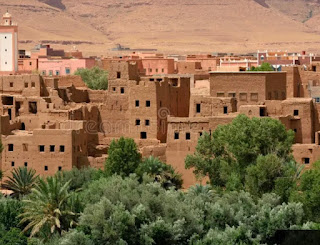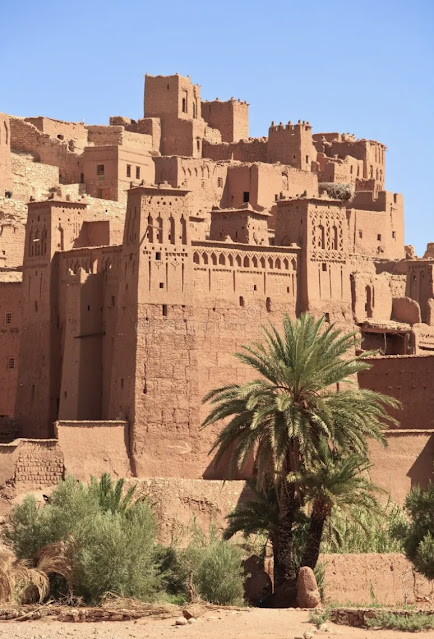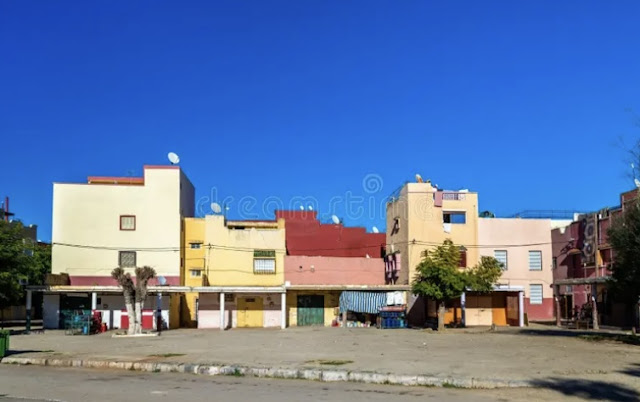Mud house
Tuesday, January 30, 2024
Monday, January 29, 2024
Kashbas ,Kashba, cashba Ait Benhaddou, Morroco
The kashba are fortress that we find in North Africa. The Kashbah belongs is a heritage cultural of Africa.
https://thehistoriantraveller.com/morocco-road-of-a-thousand-kasbahs/
ust south of Marrakesh’s city center is the neighborhood of Kasbah. This laidback district welcomes all through one of the 19 gates of Medina, the Bab Agnaou.
June 2022, Little Venice seen from Mykonos Windmills, Chora, Mykonos, Greece.
Typical house in Menes in Morroco
A Riad is a traditional Moroccan house or palace with an indoor garden and courtyard. They are located within the old city “Medina” walls. Generally, the Riad is fully enclosed inside, insulated with high-strength, neutral walls and with minimal vents to keep out heat and street noise…
East Africa
North East , the Nubian style. The east africa in the sead region.The zimbabwes (“stone houses”) built in the 17th and 18th centuries by the Rozwi kings of southern Central Africa were royal kraals, an example being the citadel of Chief Changamire at Khami, Zimbabwe. Ruins at Regina, Nalatali, and Dhlodhlo (also in Zimbabwe) all display fine mortarless stonemasonry worked with chevron patterns and banded colours. Many African palaces were larger and often better-crafted versions of the traditional dwelling type, raised on hillocks or plinths. Such were the palaces of the kabaka (king) of the kingdom of Buganda, including the great barnlike thatched dome with an open reception veranda at Mengo, near present-day Kampala, Uganda. Other palaces were royal compounds, such as that of the fon (chief) of Bafut, Cameroon, which within a high fenced enclosure contained separate quarters for the older and younger wives, dormitories for the adolescent sons, houses for retainers, stores, meeting places, a shrine house and a medicine house, burial structures for former chiefs, and structures for secret societies.
On the east coast of Africa, Islamic influence began with the establishment of the dhow trade, which, relying on the trade winds, linked East Africa with the Arabian and Persian Gulf ports and with India. Kilwa, an island port that flourished between the 12th and 15th centuries, was built largely of stone, as were Zanzibar (where the mosque at Kizimkazi has a 12th-century inscription), Dar es Salaam, Malindi, Mombasa, and other ports and city-states built by Swahili- and Arabic-speaking traders along the Tanzanian and Kenyan coast. With the coming of the Portuguese at the close of the 15th century, the east-coast towns were plundered and burned. Only the northerly island port of Lamu, Kenya, retains the character of the Swahili town. Built of coral ragstone, roofed with mangrove poles, and covered with rag and lime mortar, the houses have fine plasterwork, decorative rows of niches, and deeply carved doors.
North Africa
https://www.moroccopedia.com/morocco-best-kasbahs/
https://www.moroccopedia.com/morocco-best-kasbahs/
https://www.thomascook.com/holidays/spain/costa-del-sol/benalmadena/sahara-sunset-7563/





















